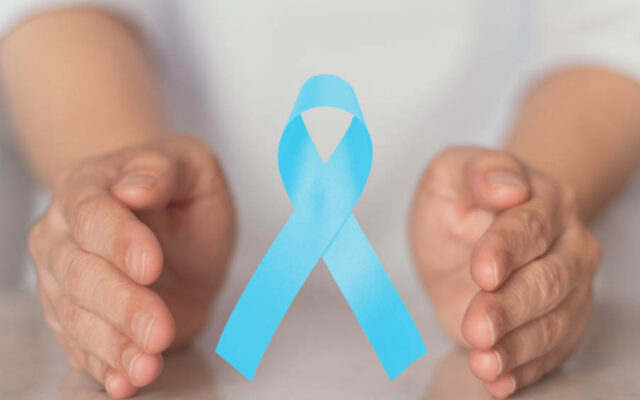
Now Scheduling Primary Care Appointments Online. Book Now.
Step Up Your Foot Care Game
Caring for your feet:
- Wash your feet daily with soap and water. Pat your feet dry and be sure to dry the skin between your toes.
- Keep your feet moisturized. Put lotion on the tops and bottoms of your feet, but not between your toes.
- Check your feet daily. Look for cuts, blisters, redness, or swelling. Use a mirror or ask someone to help you check the bottoms of your feet. Check all parts of the foot, especially between the toes. Look for broken skin, ulcers, blisters, or redness.
- Trim your toenails straight across when needed. Do not cut the corners of your toenails. File rough edges. Do not cut your cuticles. Ask for help if you cannot see well or have problems reaching your feet.
- Ask your doctor or nurse to check your feet at each visit. Take your shoes and socks off for these checks.
- See a foot care provider (such as a podiatrist) if you have an ingrown toenail, corn, or callus. Do not try to remove corns and calluses yourself.
Protect your feet:
- Wear socks and shoes always, even at home. Do not walk barefoot. Wear swim shoes if you go to the beach or a swimming pool.
- Choose shoes that fit well, not too loose, or too tight, and have plenty of room for your toes. Your doctor may give you a prescription for special shoes. Check to see if they are covered by your insurance.
- Check your shoes each time before you put them on to make sure that the lining is smooth. Also check to make sure that there is nothing inside the shoes before putting them on.
- Do not wear shoes that expose any part of the foot, like sandals, flip flops, or clogs.
- Wear cotton socks that fit loosely. Do not wear shoes without socks.
- Protect your feet from heat and cold. Test bath water before putting your feet in it to make sure that it is not too hot. Do not walk barefoot on hot ground. Take extra care when going outside in the cold and wear warm socks.
What else should you know?
You can lower your risk for foot problems by keeping your blood sugar levels as close to your goal as possible. Other things you can do include:
- Move your ankles and toes often to help with blood flow. You can wear a support stocking to help with swelling (if recommended by your health care provider).
- Walk often. Regular walking helps blood flow.
- If you smoke, try to quit. Your doctor or nurse can help. Smoking causes poor blood flow to your feet and can damage your nerves.
When should you call your health care provider?
- A fever of 100.4°F (38°C) or higher, chills, or a wound that will not heal.
- Swelling, redness, warmth around a wound, a foul smell coming from a wound, or yellowish, greenish, or bloody discharge.
- Sore or blisters on your feet that hurt more or less than you would expect.
- Numbness or tingling in your foot or leg.
- Corns, calluses, blisters, or new sores on your foot.
- Very dry, scaly, or cracked skin on your feet.
- Changes in the way your foot joints or arch.

